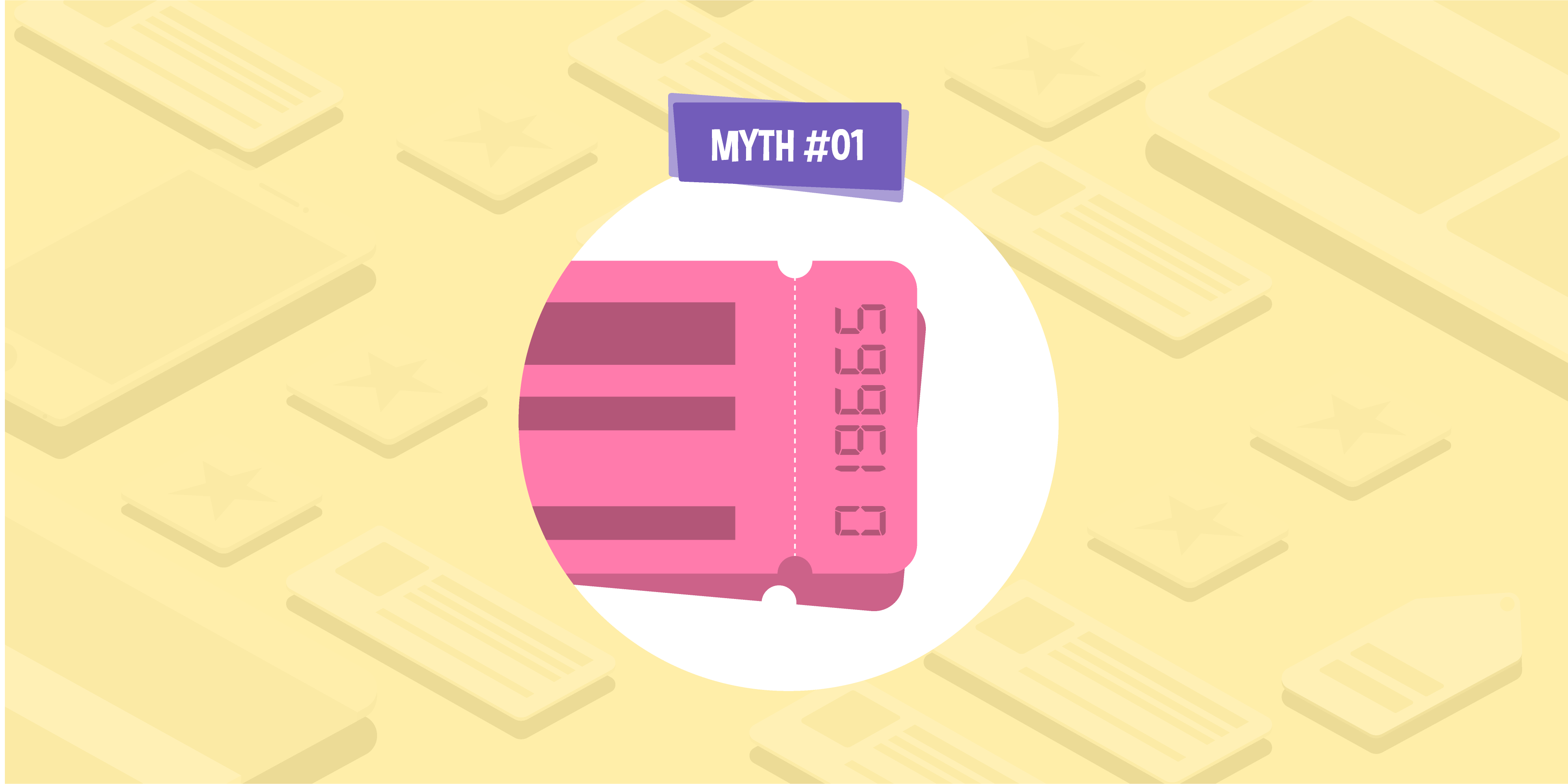
- 16 Feb 2016
- 7 Min read
Perfecting the press release: Getting your news out there in the right way
Getting good press coverage is vital if you want the world to know what your business has been up to, and an effective press release is one of the best ways to get the word out. Being able to put together a well-written release is an essential skill if you want people to sit up and take notice of what you have to say. But what actually makes a good press release? What information should you include? Read on as we take a look at the art of putting together the perfect press release.
What is a press release?
By definition, a press release is a short piece of writing that provides unique information which allows a journalist to create a news story. It can also be used to give a unique comment about a current news story or event.
Topics for press releases can range from a company winning an industry award to a CEO’s comment on the release of financial reports for the year. They can include almost any topic that will be relevant and of interest to the general public or people within a certain field.
A press release is usually published on a company’s website in a press or news section, areas often visited by journalists who are seeking updates from the company. Press releases can be circulated around local, specialist, consumer, or national press depending on its content, or it can be posted to distribution websites like Business Wire or Pressat. A good journalist will take what you say in your press release and rework it into an article of their own, rather than simply republishing the original release. This avoids duplicate content being created online.
Getting your press release noticed
Your press release needs to have enough about it to pique the interest of journalists if you want them to write about your company. To really grab their attention and get them to consider publishing your news, you should:
- Make sure that what you have to say is newsworthy. There isn’t really any point in putting together a press release about something that nobody outside of your company will care about. Ensure your press release offers some unique information or comment. If you aren’t really sure what is or isn’t newsworthy, have a look at what some of the stories that have been published about your industry have to say. Do you have anything as important to share with the world?
- Make sure the press release itself is concise. A journalist is unlikely to be enraptured by a rambling press release. Capturing your story in as few words as possible can be tough if you are writing about something you are passionate about, but a journalist won’t want to read about every minute detail.
- Make sure that your press release follows the standard format. A journalist is more likely to pay attention to something that is written in the correct way, as it is an indicator that the content of the press release will be of value too.
Write a good headline
Your headline is the first part of your press release a journalist will read, so you need to make it count. As a journalist is likely to be contacted hundreds of times a day, it is a good idea to mark the story as a press release at the start of the headline so they know exactly what it is they are looking at. Their opinion on the release will be formed quite quickly, so your headline should state clearly and concisely what your story is about. Avoid puns or sensationalised headlines as they will not communicate what you have to say at all.
Here are some examples of good, to the point headlines:
Under Armour Announces Global Partnership with Dwayne Johnson (source)
Prime Minister outlines plan for reform of prisons (source)
The structure of a press release
A press release is structured to get the most important details of the story in first, and the opinion and background details in afterwards – all within the neat package of 300-400 words.
The inverted pyramid
This is the inverted pyramid, a framework that is used to create well-structured news articles and press releases. The framework states that you should always begin with the most newsworthy information about your story at the beginning. This is especially true for press releases, as a journalist is going to want to know precisely what your story is about within the first few lines. A detailed first paragraph can be the difference between your release becoming news or not.
As journalists are trained to always establish the ‘five Ws and one H’ in their own stories, you should establish who, what, where, why, when, and how within the first few lines of your press release. Doing so allows journalists to decide immediately if what you have to say is relevant or not.
The mid-section of the press release can include important details about your story. These paragraphs can be used to expand upon the basic details of the first, providing more key information that can flesh out your story.
After establishing more key details, later paragraphs are often home to a quote from someone of importance within your company, such as a director or chief executive, or an expert on the particular area that you are reporting on.
Quotes will give journalists the opportunity to sound more credible in their articles and will provide a human face for your company. Use quotes to communicate opinions, rather than cold facts, as journalists will be looking to include an insight into your story that sounds like something a real person would say.
Be concise
Press releases should be no longer than 400 words. If you find yourself sailing over this word count, you probably need to go back and revaluate what you have said.
You can use subheadings and bullet points to give your press release more structure and to present information in a more digestible way. Both of these layout features are very useful if you are including statistics in your press release, for example, if you were announcing the results of a survey or poll.
Avoid temptation to fill your press release with details about your company, as these can be included in a section after the main body of the press release called ‘Notes to Editors’. You can include items such as: information about your company, information about other organisations referred to in the release, details of documents or studies referred to, and your contact information. If you include this section, be careful not to waste it with too little information, but be careful not to include unrelated details as well.
Release dates
It is possible to provide journalists with instructions as to when they can use your press release in one of their articles. Above your headline you can include either ‘FOR IMMEDIATE RELEASE:’ or ‘EMBARGOED UNTIL:’ and the date to let journalists know that they can publish the story right away or if they have to wait until the specified date.
Images
Including an image in your press release can increase your chances of a journalist running with your story. In fact, according to research carried out by Mashable, journalists are 80% more likely to cover news that includes an image.
When choosing an image for your story, make sure that your company owns it. Avoid using stock images or creative commons images for your news, as they can make your press releases look amateurish and unprofessional. Being able to include images that you own or have taken yourself will make a journalist’s life easier when it comes to creating a story based on your release, especially if the image is related to the content.
Following the advice in this blog post can help you improve the quality of your press releases and give your company’s news more chance of being picked up by journalists. If you feel you could benefit from more expert advice, don’t hesitate to get in touch with us here at Glass Digital.
For more digital marketing insights and news, you can follow our social media pages. Connect with us on Twitter, Facebook, LinkedIn, or Google+.


